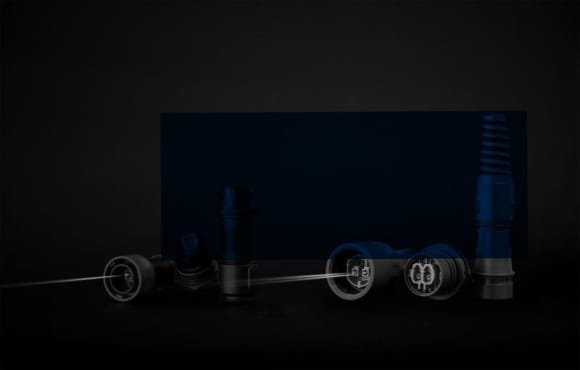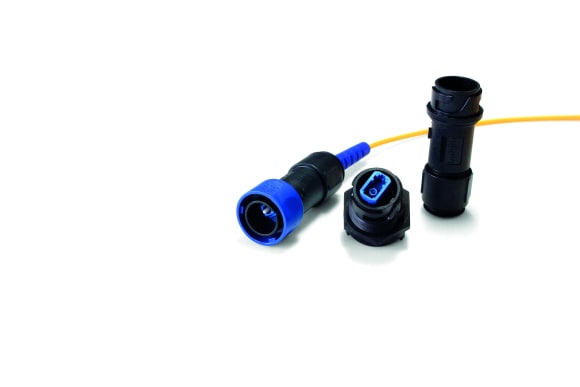How can we bring rural broadband up to speed with the rest of us?
Follow articleHow do you feel about this article? Help us to provide better content for you.
Thank you! Your feedback has been received.
There was a problem submitting your feedback, please try again later.
What do you think of this article?
We’re all so reliant on the internet these days. Whether it is for communicating, social, shopping, watching TV or the thousands of other possibilities, I think it’s fair to say it’s almost a necessity. Over the years it’s slowly worked its way into the ‘basic utility’ band, like mains electricity or gas.
For most of us that live in the city, super-fast broadband is promised to us in the best of deals by the big companies and mostly, easily accessible. Whether it’s via fiber or legacy phone networks, using ADSL, it’s accessible.
But for those that live in rural areas, it’s not quite as simple. Due to the lower population densities in rural areas, it can prove just too expensive for telecom operators to justify rolling out broadband networks, especially fiber optic. For most, even if you are lucky enough to get connected, the speeds that you’ll enjoy will almost definitely not match those in the city. It also depends on the distance to the local exchange or other infrastructure, therefore, people in more remote areas struggle with slow connections.
Broadband technologies
There are a number of different technologies than can be used to provide rural broadband. The most basic way of accessing the internet is using ADSL over the already existing copper telephone lines. But ideally, if we want to achieve an acceptable speed, the provider needs to upgrade the nearest exchange. In a lot of rural areas, these providers aren’t prepared to invest that money in upgrades just for a handful of subscribers. This, therefore, means that these subscribers are left on slow and mostly unreliable connections.
An alternative to that is the 4G mobile data network. This can be used with access through a SIM card in a phone or tablet or via a router. But again, coverage is limited in rural areas and many people are left without solid connections meaning they can’t get a good enough signal to access the 4G network. Satellite connections are another option but typically the price is often extremely high.
For many people, this leaves fiber as the best solution. Depending on which country you are in, however, is how accessible it truly is. Up to 90% of the UK has fiber available and of course, the 10% that isn’t properly covered is mostly in rural areas. In comparison to the USA for example, their percentage is much lower.
Fiber all the way
To address this issue, governments in different countries have placed legal requirements on the telcos to provide subsidised broadband, usually backed up with some kind of financial assistance. For example, the UK has for several years had a programme called Broadband Delivery UK (BDUK). This has used £1.7bn of public money to help extend so-called ‘superfast’ broadband (defined as 24Mbps and above) to more than 5 million premises in rural areas since 2013.
More recently, in May 2019 the UK government launched a two-year programme called Rural Gigabit Connectivity (RGC), which provides £200m to support the roll-out of full fiber-to-the-premises (FTTP) connectivity in remote areas of the country. The government has also pledged to bring fiber to every home by 2025.
This kind of programme can be beyond expensive. Is this money well spent? BT has estimated that the cost of connecting rural homes at typically £4,000 each, which works out to be ten times the price of a home in the city. FTTP is still not in common use in the UK, reaching only 7% of households.
But for areas where their only existing alternative is satellite broadband, it can look like good value. For example, Grimsay in Scotland’s Outer Hebrides islands has recently had fiber broadband installed – giving it fast internet access to replace its costly, slow satellite links.
People here can now work remotely more easily, as well as run their businesses and appeal to tourists more. This can make an enormous difference to the quality of life, as well as helping slow down or reverse the emigration of young people to cities, which is an issue both in countries like the UK and in developing economies.
If we are to provide fast, reliable broadband to rural populations, fiber seems like the way to go in most cases. It can be relatively expensive to install but is much cheaper in terms of operating costs than wireless or mobile solutions.
To help providers meet their cost targets, the technology they choose must be reliable, rugged and simple to use. Specifically for fiber connectors, Bulgin can provide many different options to meet the varied needs of new networks.
4000 Series Fiber Simplex Connector
The 4000 series provides an industry-standard LC interface as specified by IEC 61754-20. To save time and simplify installation, the connectors are available as pre-terminated options, already connected to a suitable cable of up to 450m in length.
Product code: PXF4050 (Find on RS Components)
Like the 4000 Series Fiber, the 6000 Series Fiber duplex connector is suited for outdoor broadcasting, FTTx, server room engineering, civil engineering, and aviation & rail applications.
6000 Series Fiber Duplex Connector
The 6000 series harsh environment optical connector is designed for years of service in areas where unprotected physical contact fiber, isn’t an option. Featuring a secure, yet easy to operate 30-degree locking mechanism, this series has field-proven IP68 and IP69K performance.
In comparison to the simplex 4000 Series Fiber connector, the additional glass fiber on this duplex cable can double the data transmission capabilities where required.
Product code: PXF6050 (Find on RS Components)
Visit Bulgin’s Connectivity Community for expert advice and for more information on optical fiber connectors please visit the Bulgin website.




